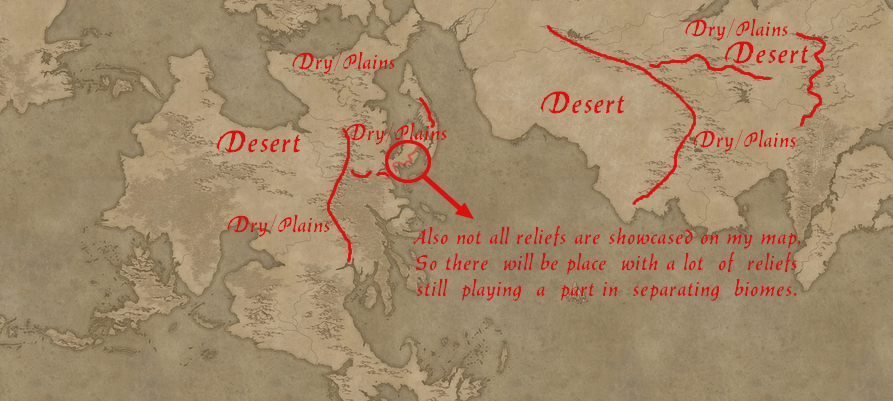Welcome!
The Cartographers Guild is a forum created by and for map makers and aficionados, a place where every aspect of cartography can be admired, examined, learned, and discussed. Our membership consists of professional designers and artists, hobbyists, and amateursall are welcome to join and participate in the quest for cartographic skill and knowledge.
Although we specialize in maps of fictional realms, as commonly used in both novels and games (both tabletop and role-playing), many Guild members are also proficient in historical and contemporary maps. Likewise, we specialize in computer-assisted cartography (such as with GIMP, Adobe apps, Campaign Cartographer, Dundjinni, etc.), although many members here also have interest in maps drafted by hand.
If this is your first visit, be sure to check out the FAQ. You will have to register before you can post or view full size images in the forums.














 Reply With Quote
Reply With Quote



 And while I appreciate your advise, I don't believe them to be appropriate for me or my map, and by that I just mean that I never intended for my map to be a work of geography per se. Like Middle-Earth, Warhammer, Hyboria, Westeros, I'm fine with it not strictly following a scientific process or logic. That being said, I don't think I need the compass since it is quite obvious where the north is and I don't want to misuse unecessary real tools that could confuse people into wondering if the map is supposed to be scientificaly accurate or not. As for the grid it is more a visual tool to help estimate the distance between places, so it doesn't have the same use as the the Earth longitude/lattitude grid, I think anyway. I'll probably remove it at some point and be content with only a scale in the legend table at the bottom of the map.
And while I appreciate your advise, I don't believe them to be appropriate for me or my map, and by that I just mean that I never intended for my map to be a work of geography per se. Like Middle-Earth, Warhammer, Hyboria, Westeros, I'm fine with it not strictly following a scientific process or logic. That being said, I don't think I need the compass since it is quite obvious where the north is and I don't want to misuse unecessary real tools that could confuse people into wondering if the map is supposed to be scientificaly accurate or not. As for the grid it is more a visual tool to help estimate the distance between places, so it doesn't have the same use as the the Earth longitude/lattitude grid, I think anyway. I'll probably remove it at some point and be content with only a scale in the legend table at the bottom of the map. I also don't work on ocean currents or weather patterns (so far anyway). I just have few set of rules that I try to follow as stricly as I can and here they are :
I also don't work on ocean currents or weather patterns (so far anyway). I just have few set of rules that I try to follow as stricly as I can and here they are :
